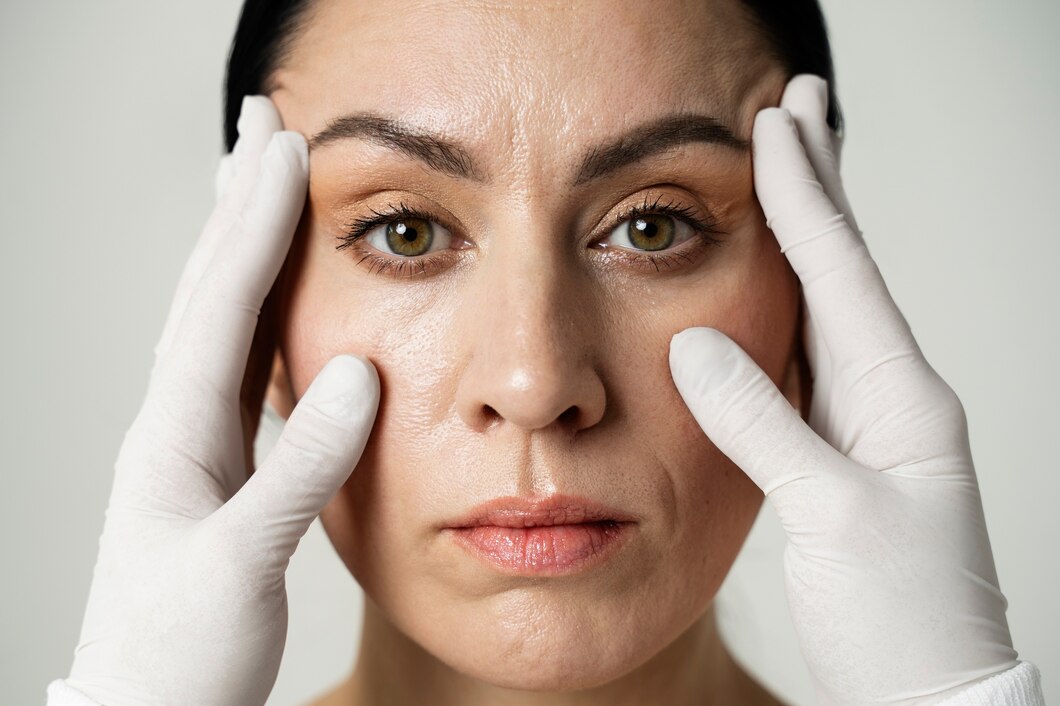Blepharoplasty, commonly known as eyelid surgery, is a cosmetic procedure designed to correct droopy eyelids and remove excess skin, fat, or muscle around the eyes. This surgery can significantly rejuvenate your appearance, making you look more alert and youthful. If you’re considering blepharoplasty, here are 15 essential things South African women should know:
1. What is Blepharoplasty?
Blepharoplasty is a surgical procedure aimed at improving the appearance of the eyelids. It can be performed on the upper eyelids, lower eyelids, or both. The surgery removes or repositions excess skin, fat, and muscle, addressing droopy eyelids, puffiness, and under-eye bags.
2. Who is a Good Candidate?
Good candidates for blepharoplasty are individuals who are in good health and have realistic expectations. It’s typically sought by people who experience sagging skin around the eyes due to aging, which can cause droopy eyelids or under-eye bags. However, younger people may also seek this procedure if they have inherited conditions that affect the eyelids.
3. Upper vs. Lower Blepharoplasty
Upper blepharoplasty focuses on removing excess skin and fat from the upper eyelids, often correcting droopy eyelids that may impair vision. Lower blepharoplasty addresses puffiness and bags under the eyes by removing or repositioning fat and tightening the skin.
4. The Procedure
Blepharoplasty is usually performed under local anesthesia with sedation, but general anesthesia may be used in some cases. The procedure typically takes one to three hours, depending on whether both the upper and lower eyelids are being treated. The surgeon makes incisions along the natural creases of the eyelids, ensuring minimal visible scarring.
5. Recovery Time
Recovery from blepharoplasty generally takes one to two weeks. During this time, you may experience swelling, bruising, and discomfort around the eyes. Most patients can return to work and light activities within 7 to 10 days, but complete healing, including the fading of scars, can take several months.
6. Scarring
The incisions for blepharoplasty are typically made along the natural folds of the eyelids, resulting in minimal visible scarring. Over time, these scars usually fade and become virtually undetectable.
7. Choosing the Right Surgeon
Selecting an experienced and qualified plastic surgeon is crucial for achieving the best results. In South Africa, ensure your surgeon is registered with the Health Professions Council of South Africa (HPCSA) and has a strong track record in performing blepharoplasty. Reviewing before-and-after photos of their previous work can help you gauge their expertise.
8. Cost of Blepharoplasty in South Africa
The cost of blepharoplasty in South Africa can vary depending on the complexity of the procedure, the surgeon’s experience, and the clinic’s location. On average, you can expect to pay between R30,000 and R60,000. Make sure to discuss all fees upfront, including consultation, surgery, and post-operative care costs.
9. Risks and Complications
As with any surgical procedure, blepharoplasty carries risks, including infection, bleeding, scarring, dry eyes, and temporary or permanent changes in vision. In rare cases, there may be asymmetry between the eyes or difficulty closing the eyes fully. Choosing a skilled surgeon and following post-operative care instructions can help minimize these risks.
10. Realistic Expectations
While blepharoplasty can significantly improve the appearance of your eyes, it’s important to have realistic expectations. The surgery can enhance your appearance and boost your confidence, but it won’t drastically change your facial features or halt the aging process.
11. Non-Surgical Alternatives
For those hesitant about surgery, non-surgical alternatives like Botox, fillers, and laser treatments can temporarily address minor eyelid concerns. However, these treatments won’t provide the same long-lasting results as blepharoplasty and are more suitable for individuals with mild sagging or puffiness.
12. Combining Procedures
Many women choose to combine blepharoplasty with other facial procedures, such as a facelift, brow lift, or skin resurfacing, to achieve a more comprehensive rejuvenation. Discussing your goals with your surgeon can help determine the best combination of procedures to meet your needs.
13. Longevity of Results
Blepharoplasty results are generally long-lasting, with many patients enjoying the benefits for 10 to 15 years or more. However, the natural aging process will continue, and you may eventually notice some changes in the appearance of your eyelids. Maintaining a healthy lifestyle and skincare routine can help prolong your results.
14. The Psychological Impact
Undergoing blepharoplasty can have a positive impact on self-esteem and confidence, especially for those who have felt self-conscious about their eyelids for years. However, it’s important to ensure that you’re pursuing the surgery for yourself and not due to pressure from others. Having a healthy mindset is crucial for a positive outcome.
15. Aftercare and Maintenance
Proper aftercare is essential for a smooth recovery and optimal results. Follow your surgeon’s instructions regarding wound care, medication, and activity restrictions. You may also be advised to use cold compresses to reduce swelling and to keep your head elevated while sleeping. Regular follow-up appointments with your surgeon will ensure that your recovery is progressing as expected.
Blepharoplasty can be a transformative procedure for women seeking to rejuvenate their appearance and correct droopy eyelids. By understanding these 15 key aspects, South African women can make informed decisions and achieve the best possible outcomes from their blepharoplasty experience. With the right surgeon and realistic expectations, you can enjoy a refreshed, youthful look that enhances your natural beauty.








